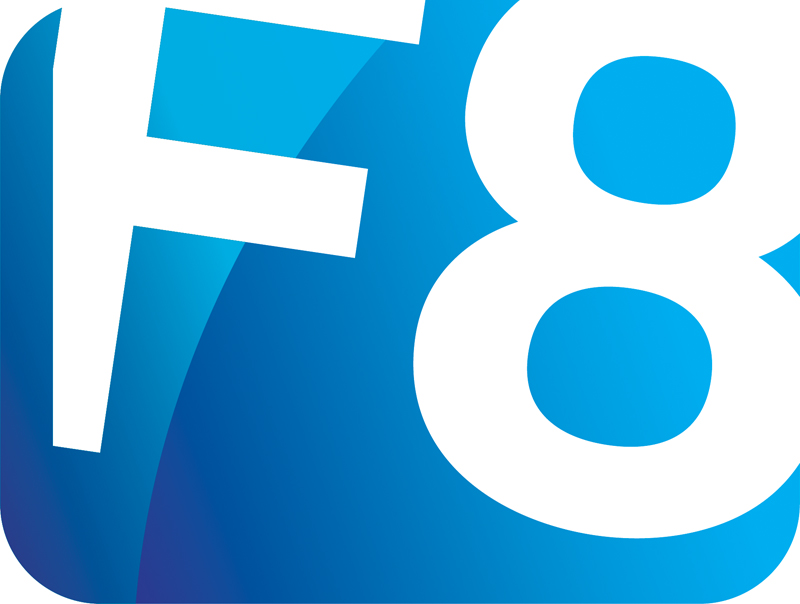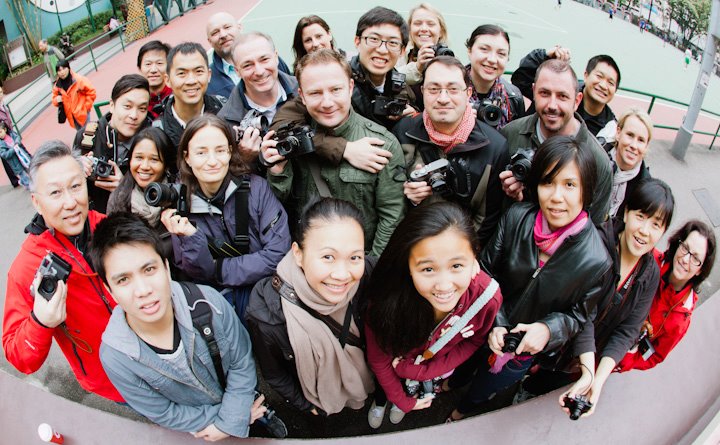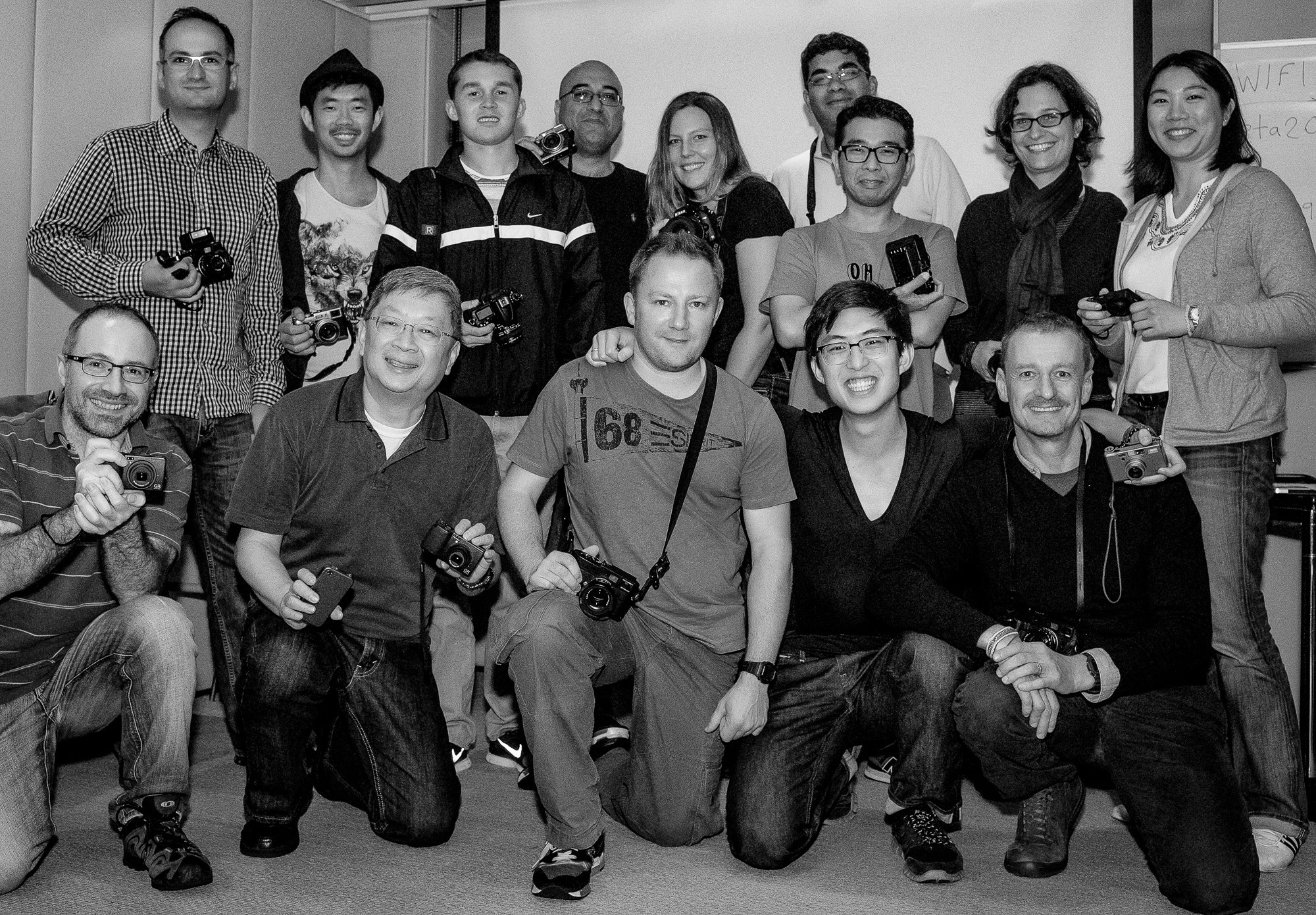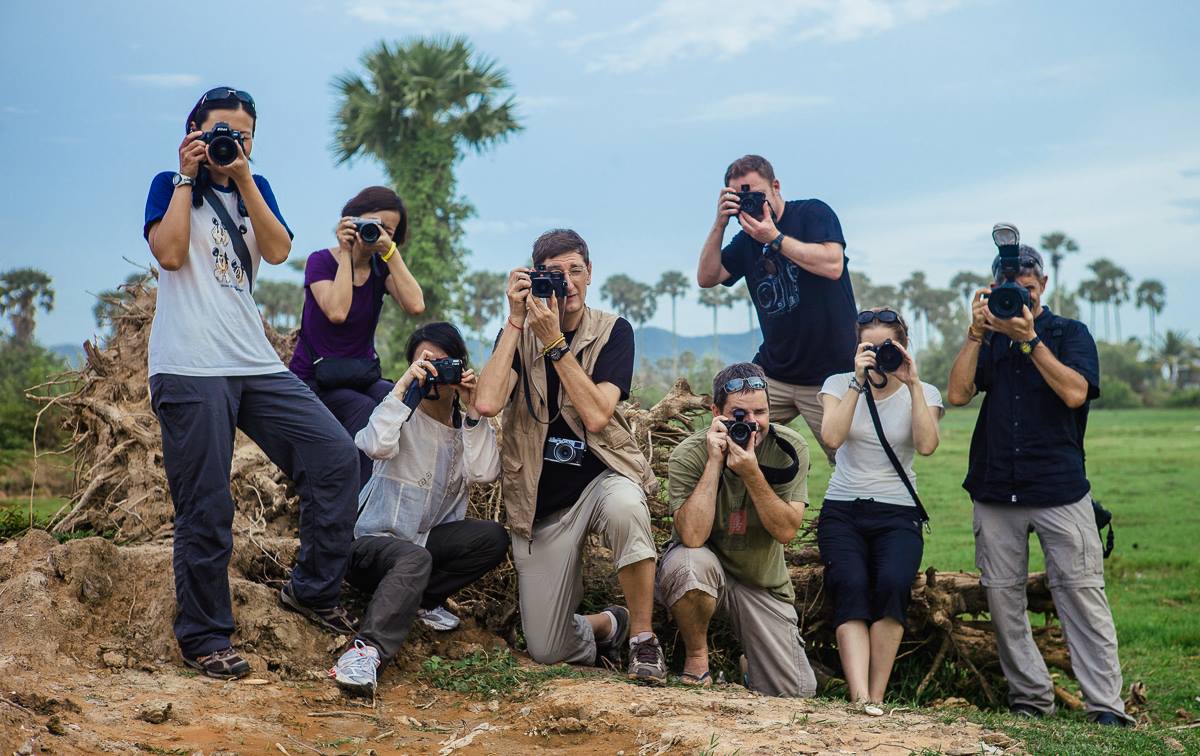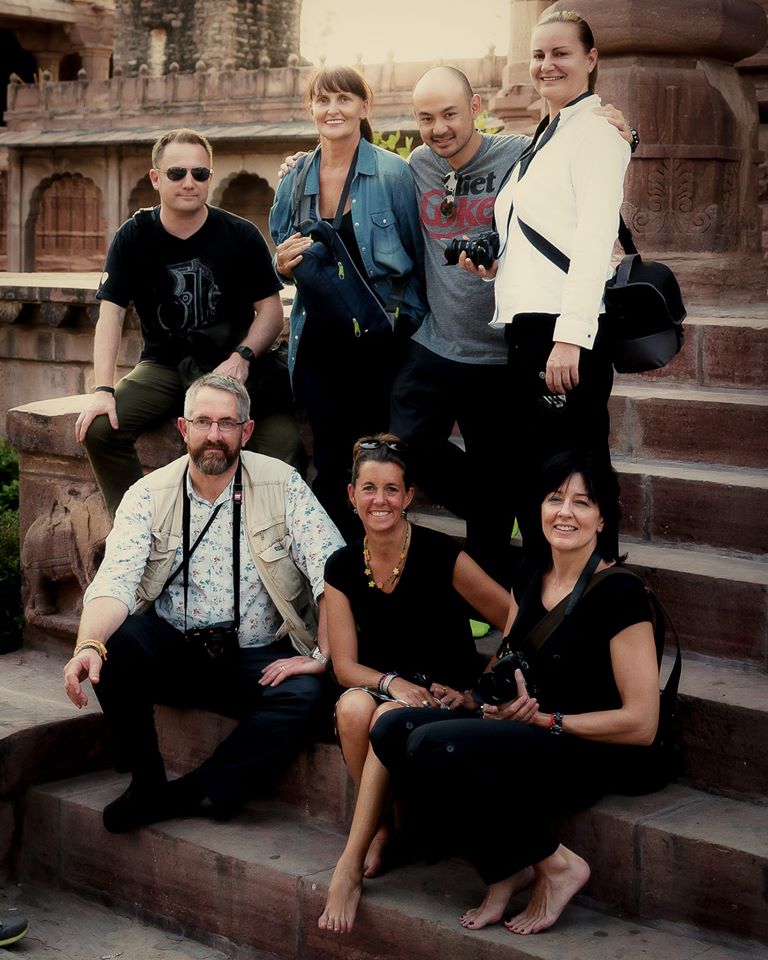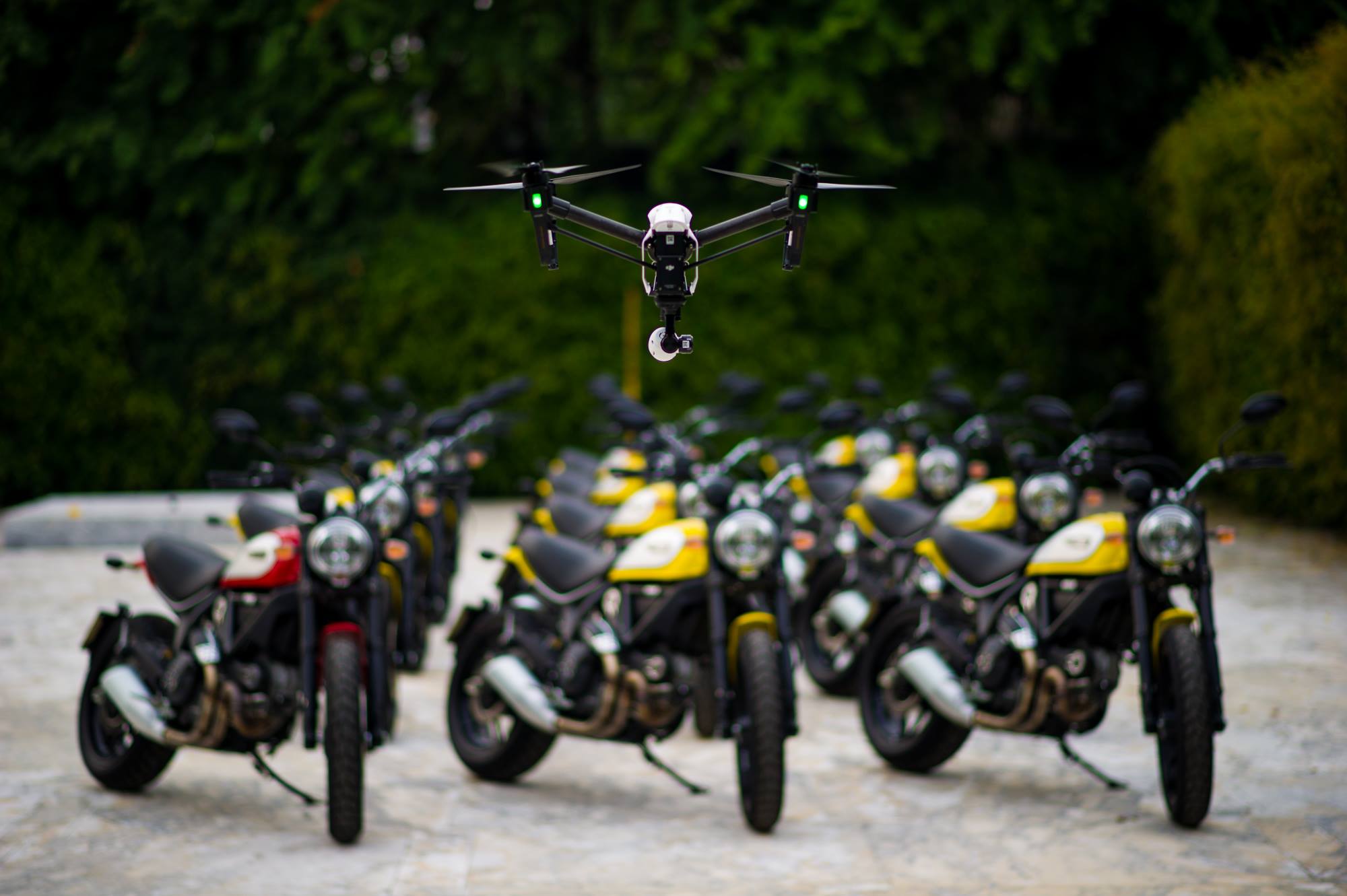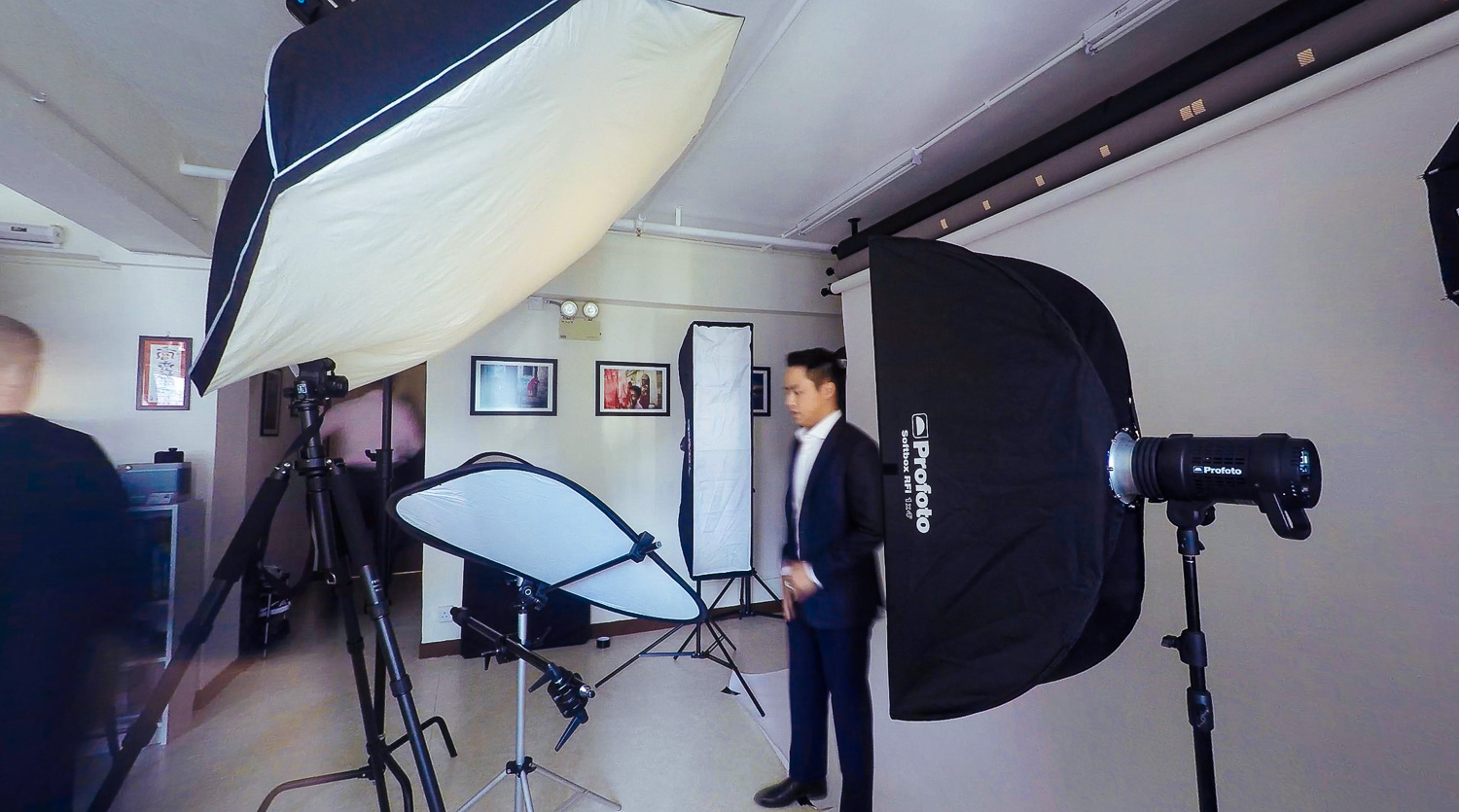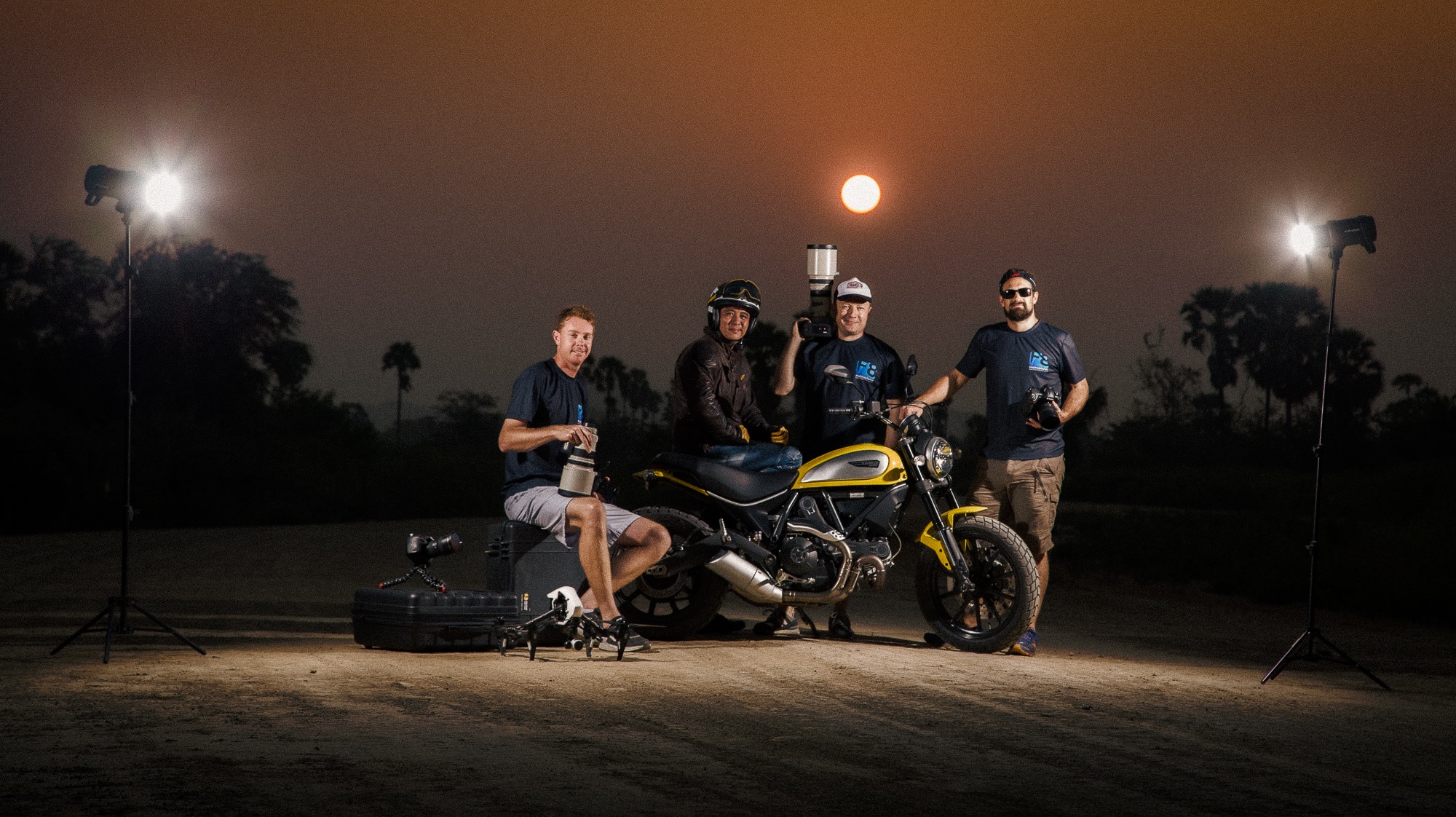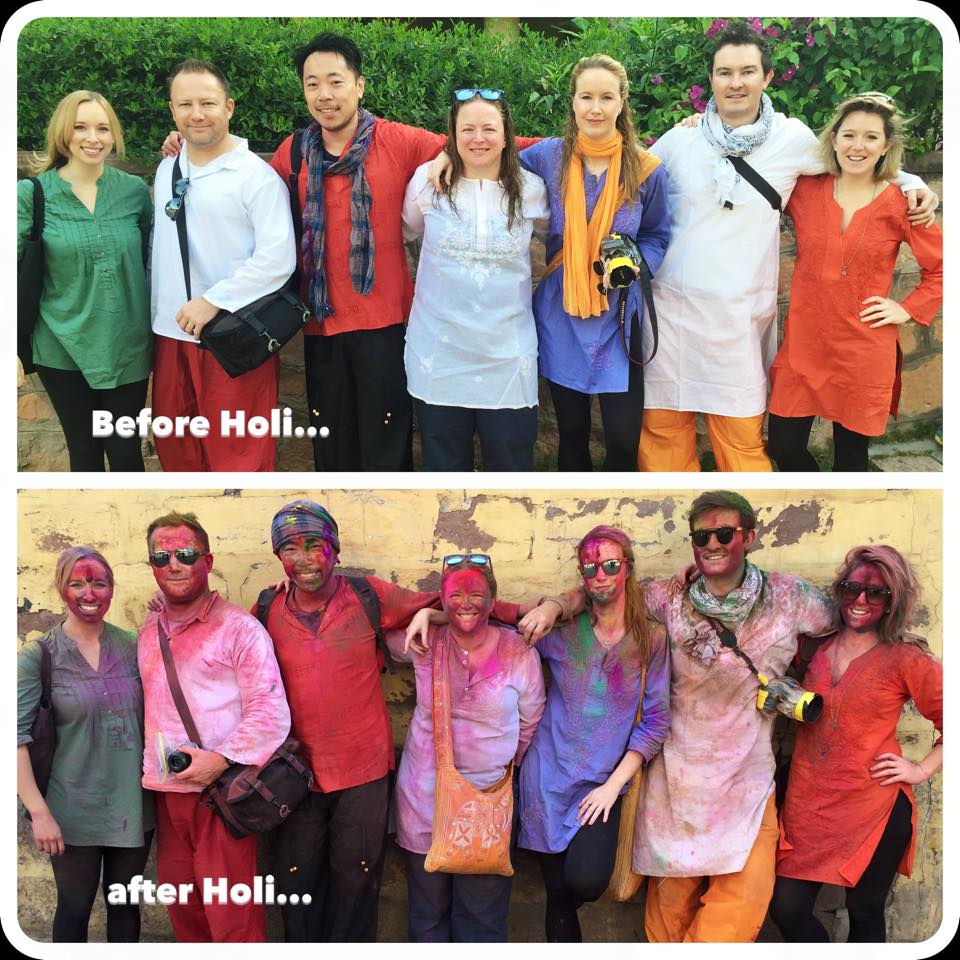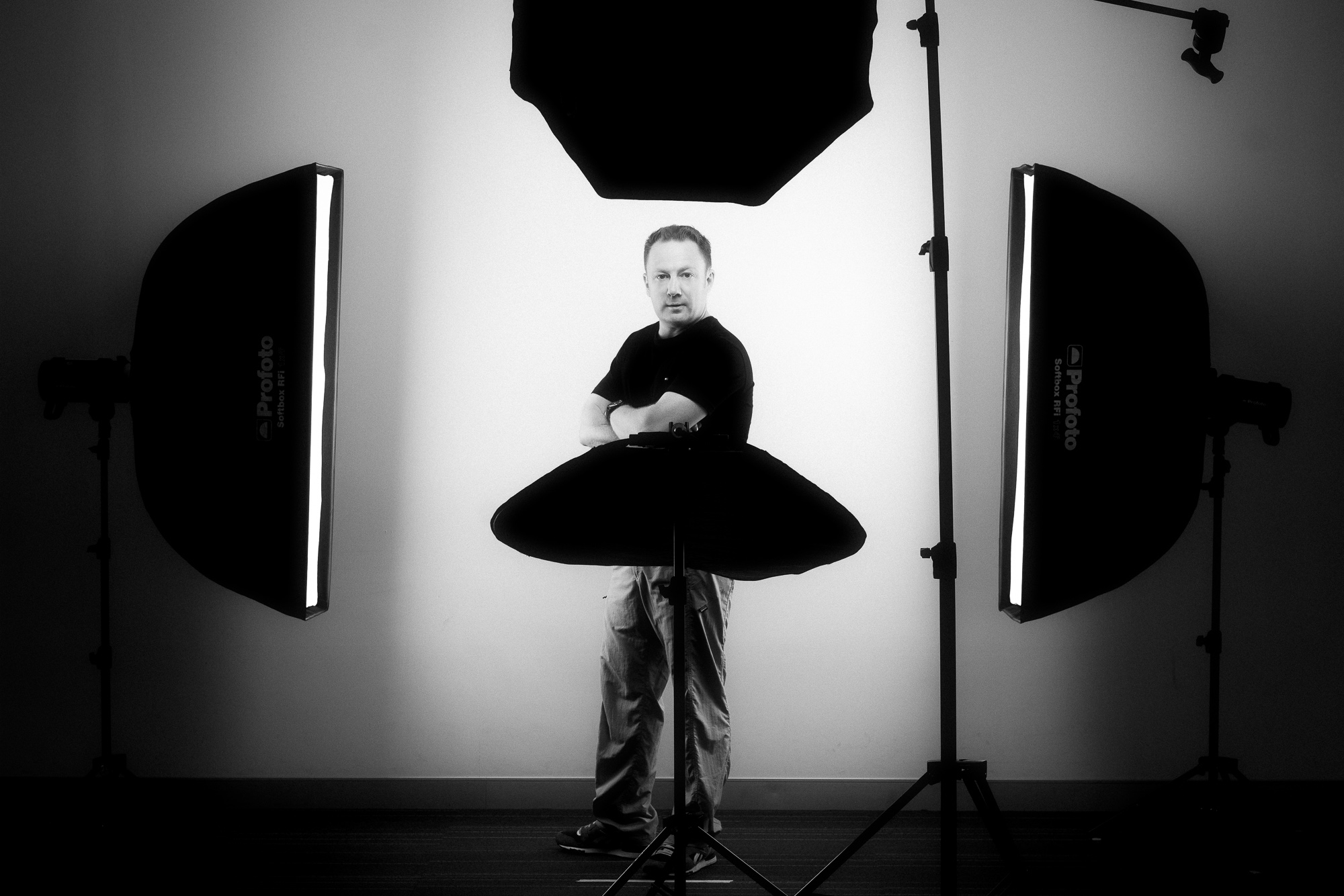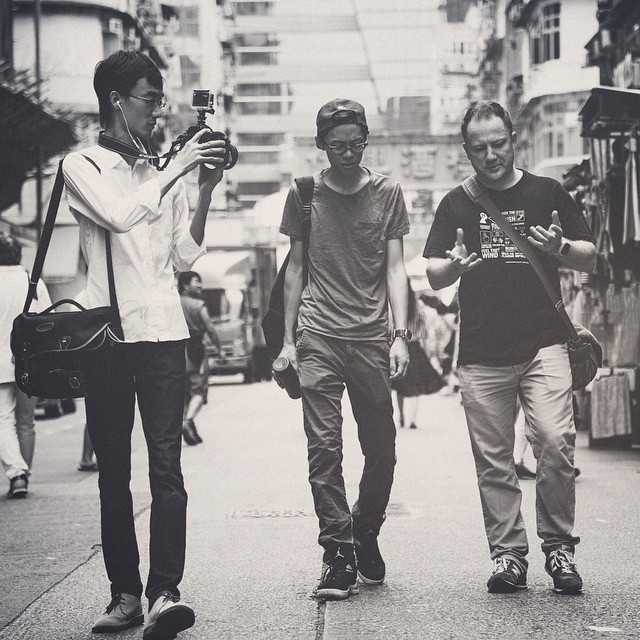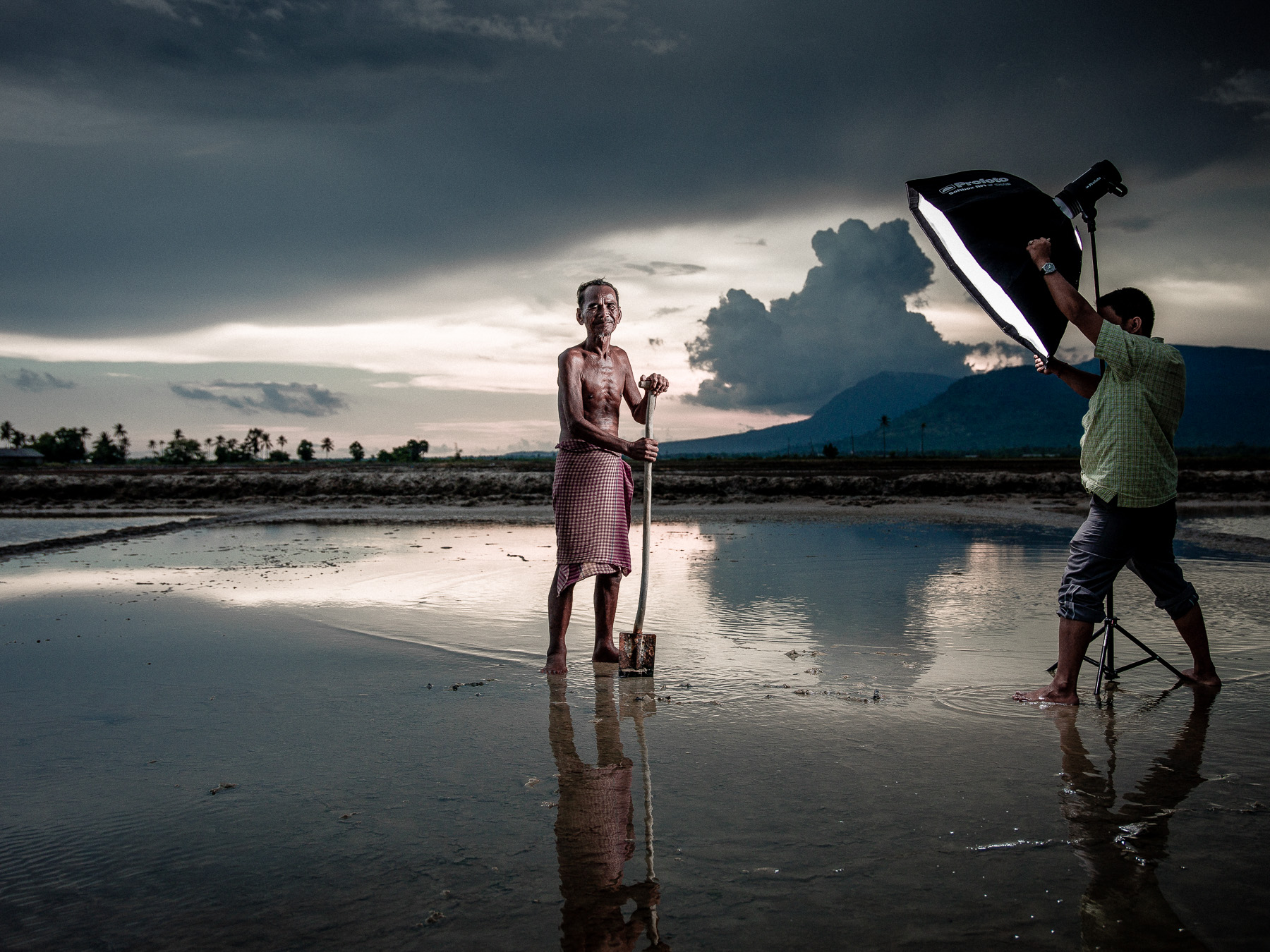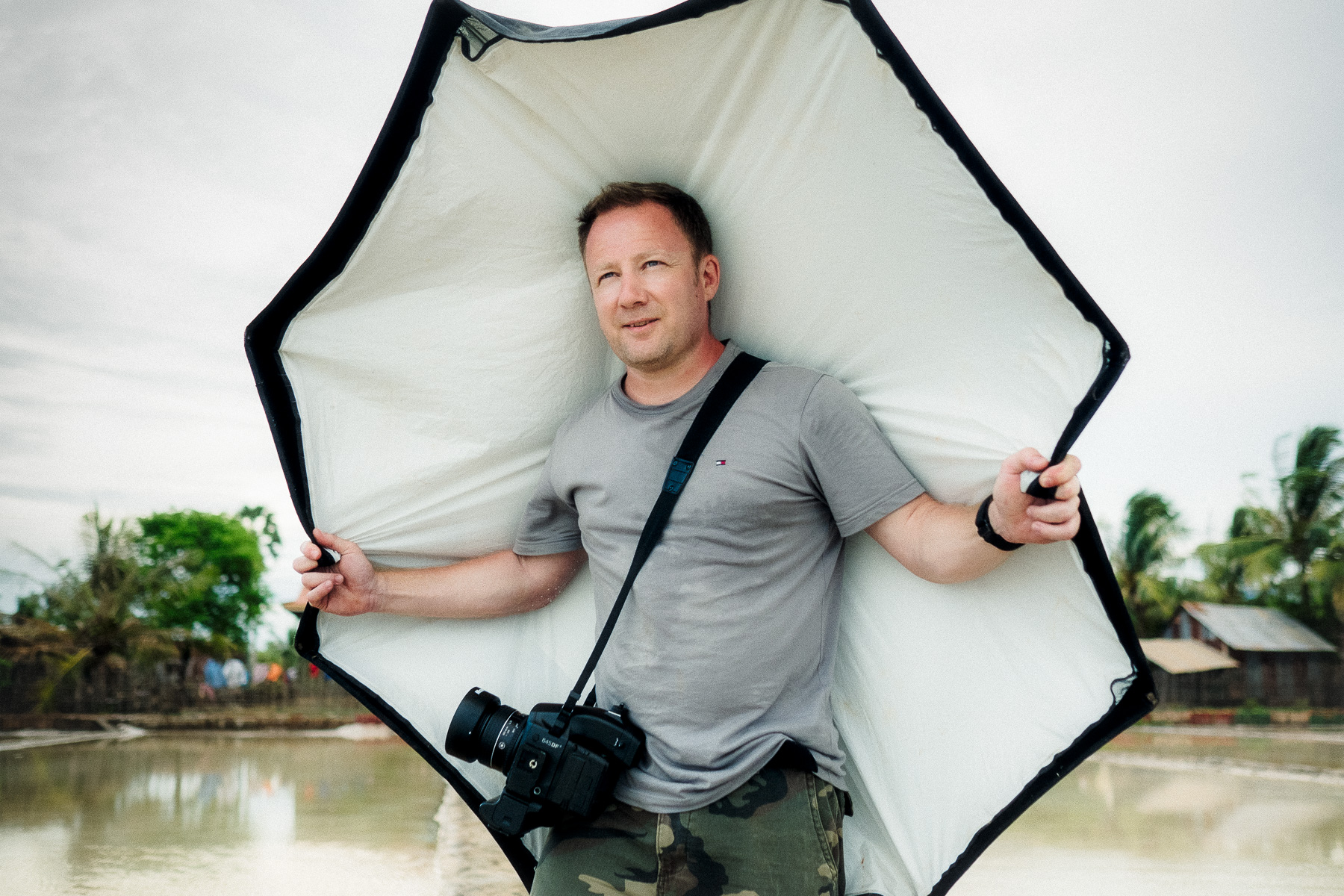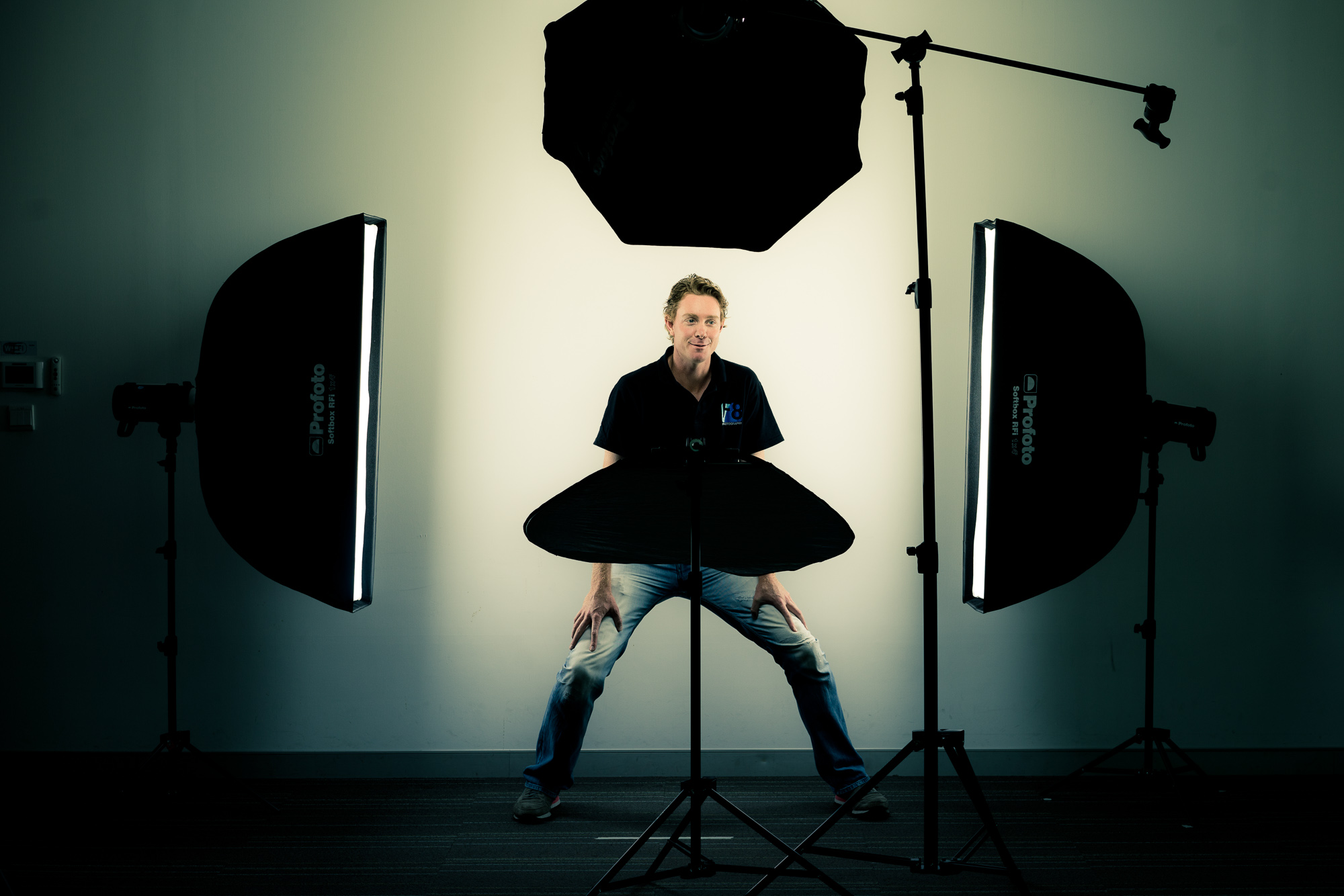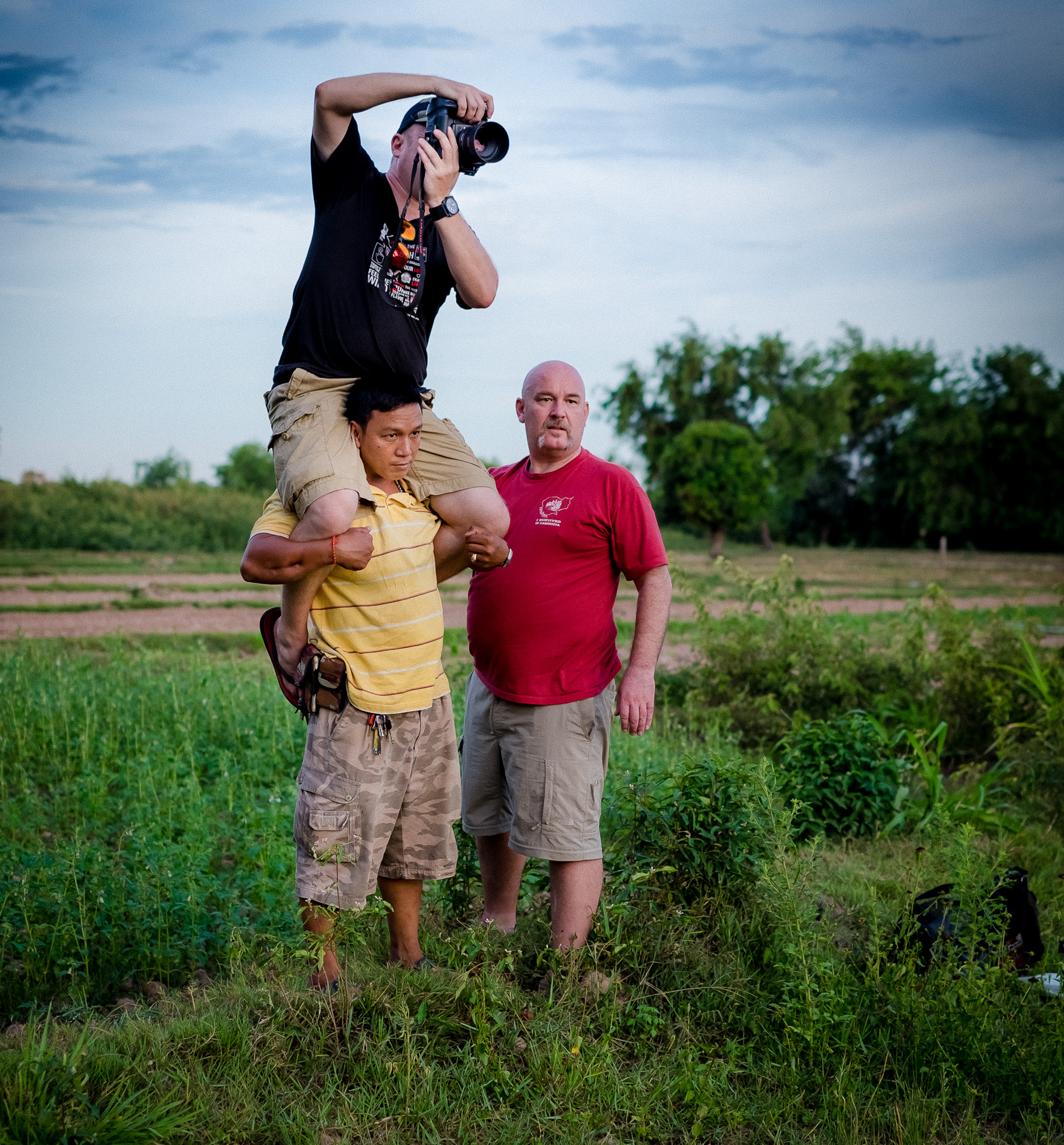Guest post: Shooting film in Cambodia (Rocco)
/Note: This post is written and all photos by Rocco Paduano who attended both our Street Photography and Cambodia workshop over a period of two weekends. Rocco is partial to film cameras as well as his digital M9, this trip he took both, this is his story. - Gary Tyson, Director F8 Photography.
 (Playful children jump onto our Tuk Tuk, Leica M9, 35mm)
(Playful children jump onto our Tuk Tuk, Leica M9, 35mm)
It was with great anticipation that I awaited being able to spend five full days in Phnom Penh along with Gary Tyson from F8 Photography, Ranjit, and Trevor Smith on a travel photography workshop in Phnom Penh, Cambodia.
 (The author, Rocco Paduano in Phnom Penh)
(The author, Rocco Paduano in Phnom Penh)
As a veteran of the Hong Kong Street Photography workshop, which Gary organised with Eric Kim, I could not wait to put some of the knowledge gained to test in and around Phnom Penh. However, I did not want to just document random images of life in such a colorful city. I wanted to be able to tell a ‘story’, and somehow begin to build some consistency in the types of pictures I was producing therefore I am hopeful that I am moving in the right direction.
 (Taking a break from reading lessons at a local Wat for a photo, Leica M9, 35mm)
(Taking a break from reading lessons at a local Wat for a photo, Leica M9, 35mm) (Giving back pictures was priceless, Leica M9, 35mm)
(Giving back pictures was priceless, Leica M9, 35mm)
Cambodia is a daunting place to say the least. As one of the poorest South East Asian nations, ravaged for the better part of the 20th century by different conflicts, it was witness to one of the single most brutal acts of genocide humans ever inflicted on each other. One reads about the rule of the Khmer Rouge between 1975 and 1978, and one can only imagine what the Cambodian people had to endure in the name of totalitarian ideologies.
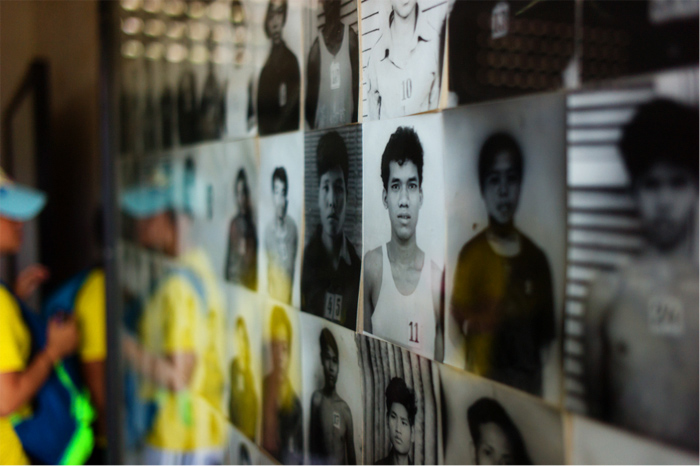 (Pictures of genocide victims at Tuol Sleng S-21, Leica M9, 35mm)
(Pictures of genocide victims at Tuol Sleng S-21, Leica M9, 35mm) (Interrogation room at Tuol Sleng S-21, Leica M9, 35mm)
(Interrogation room at Tuol Sleng S-21, Leica M9, 35mm)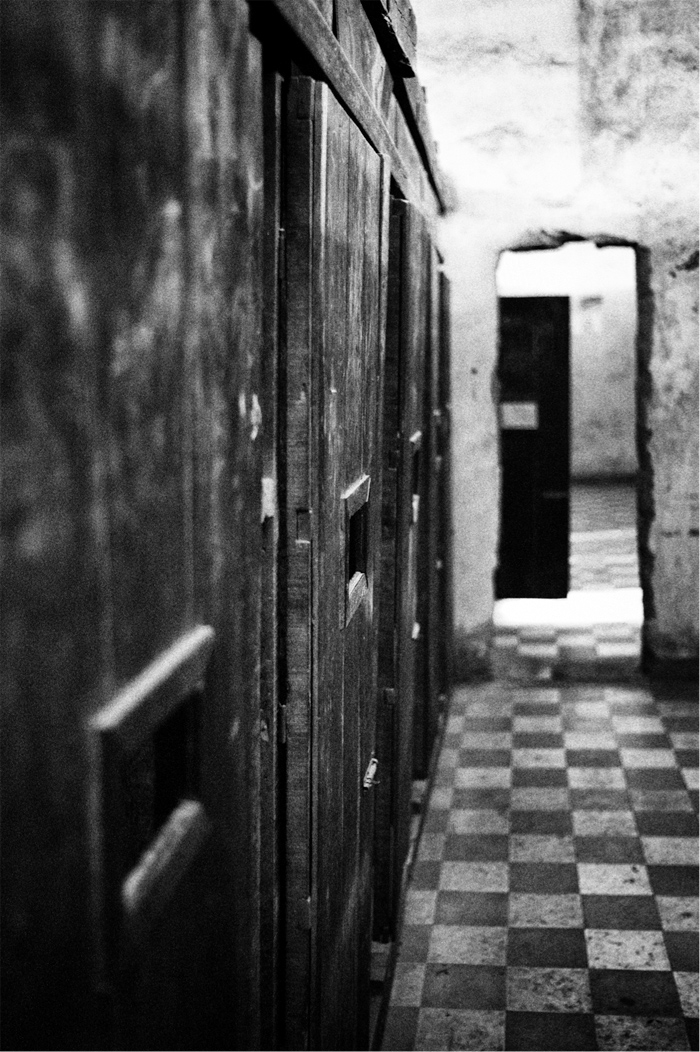 (Confinement cells at Tuol Sleng S-21, Leica M9, 35mm)
(Confinement cells at Tuol Sleng S-21, Leica M9, 35mm)
However, today the country is young (approximately 50% of the population is below 22 years of age), full of hope, and full of smiles. As photographers seeking to hone our skills and to explore a life beyond our own, we were always welcomed with a smile and a “hello”, mostly by people living on the fringes of society.
 (Young child from a poor neighborhood near Phnom Penh train station, Leica M9, 35mm)
(Young child from a poor neighborhood near Phnom Penh train station, Leica M9, 35mm)
I originally envisioned doing most of my shots in black and white, in good old ‘street photography’ style. However, I soon realized that ‘street photography’ takes on a whole new meaning in Phnom Penh. People pose for you. They want their picture taken, thus making the whole notion of ‘street photography’ much harder to define in the usual context. We migrated towards a photographic style that was more ‘documentation’ (or as Gary would call it, ‘environmental portraiture’), than candid ‘street photography’.
 (Street fruit vendor, Leica M9, 35mm)
(Street fruit vendor, Leica M9, 35mm)
Amazingly, while shooting in poor neighborhoods, we all realized that we were inundated with color. From the shadows cast in tight alleyways, to the color of the unpaved roads, and that of the clothing worn by the people, it did not seem as if we would be doing any justice by capturing these images in black and white. I shot digital with an M9, and film with an FM3a. Although I took many shots with the M9, I found that the pictures that talked to me the most came from the FM3a. Color slide and black and white films have characters of their own and add a unique personality to the image (assuming the exposure is correct).
 (Making sarongs the old fashioned way, Nikon FM3a, 50mm, Kodak BW400CN)
(Making sarongs the old fashioned way, Nikon FM3a, 50mm, Kodak BW400CN)
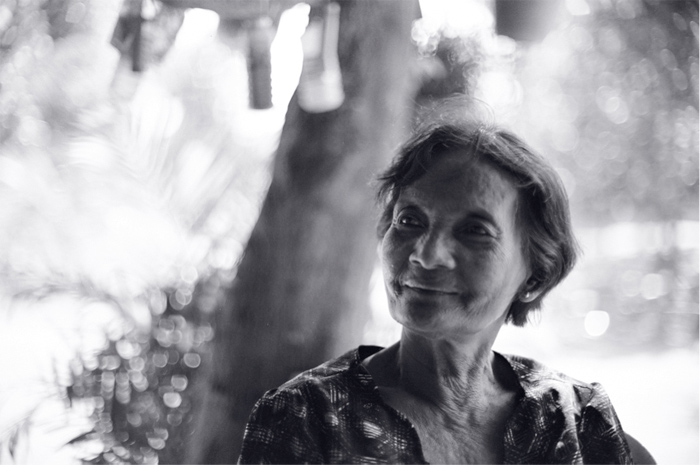 (Old villlage woman, Nikon FM3a, 50mm, Kodak BW400CN)
(Old villlage woman, Nikon FM3a, 50mm, Kodak BW400CN)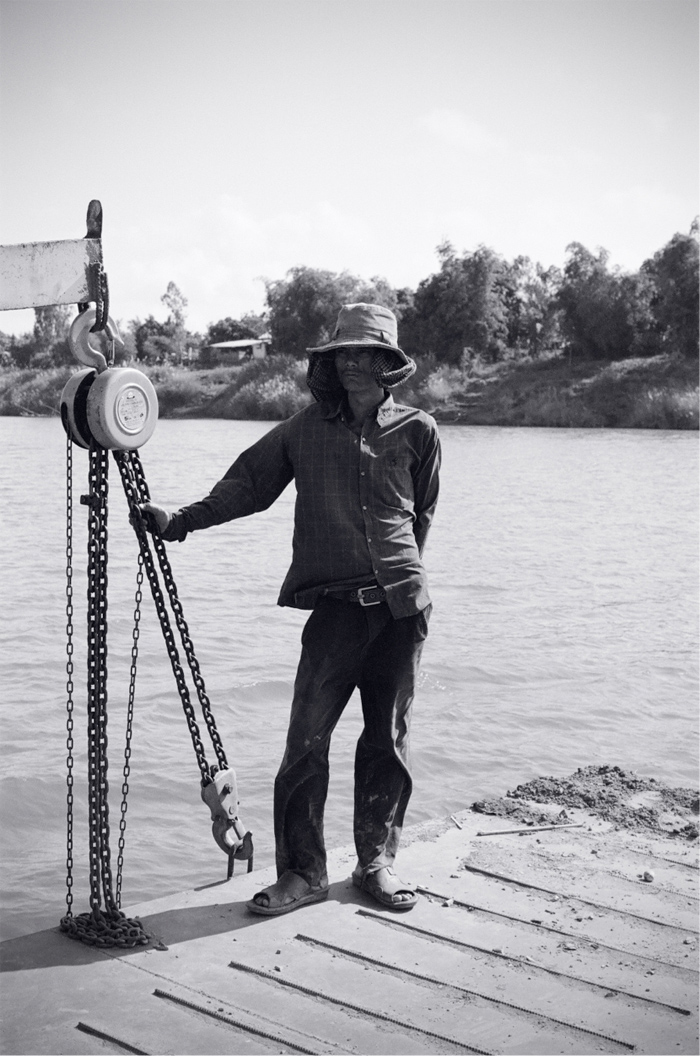 (Ferry boat hand, Nikon FM3a, 50mm, Kodak BW400CN)
(Ferry boat hand, Nikon FM3a, 50mm, Kodak BW400CN)
Our trip started out just right, as we congregated at the Foreign Correspondents’ Club along the Mekong River; a place that has hosted numerous war photographers as they documented Cambodia’s turbulent history. There was no shortage of inspiration as the walls of the FCC are covered with past and present images of Cambodia and its people, through war and peace.
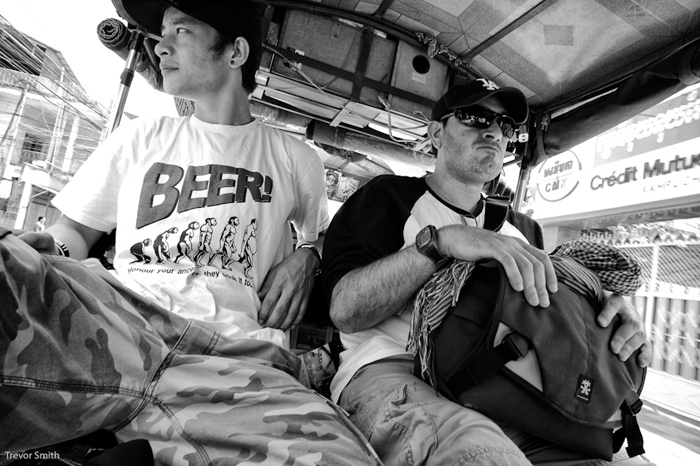 (The author Rocco (right) with RJ in the Tuk Tuk out looking for photo opportunities)
(The author Rocco (right) with RJ in the Tuk Tuk out looking for photo opportunities)
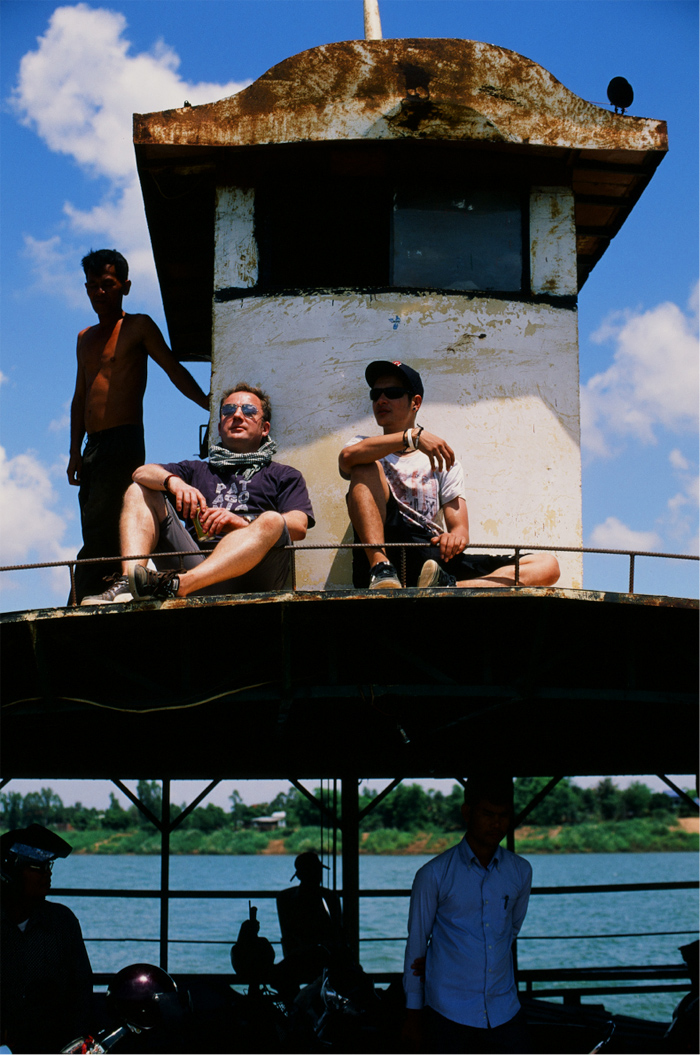 (Gary and Ranjit taking a break with the Captain whilst crossing the Mekong, Nikon FM3a, 50mm, Fuji Velvia 50)
(Gary and Ranjit taking a break with the Captain whilst crossing the Mekong, Nikon FM3a, 50mm, Fuji Velvia 50)
With that, we embarked over the next five days into outings that would surround us with a reality somewhat foreign to us. Between poor city neighborhoods, Wats and Buddhist monks, villagers and farmers on the outskirts of the capital, there was no shortage of smiles, new friendships, and plenty of experiences. There was, however, a shortage of photo paper and photo ink, which was rectified by a quick visit to the local Canon supplier. Being able to give an instant print of the pictures we were taking allowed us to give something back to the very same people that gave us so much visual inspiration. It brought them closer to us, and allowed us to establish a connection with them even through our language barriers.
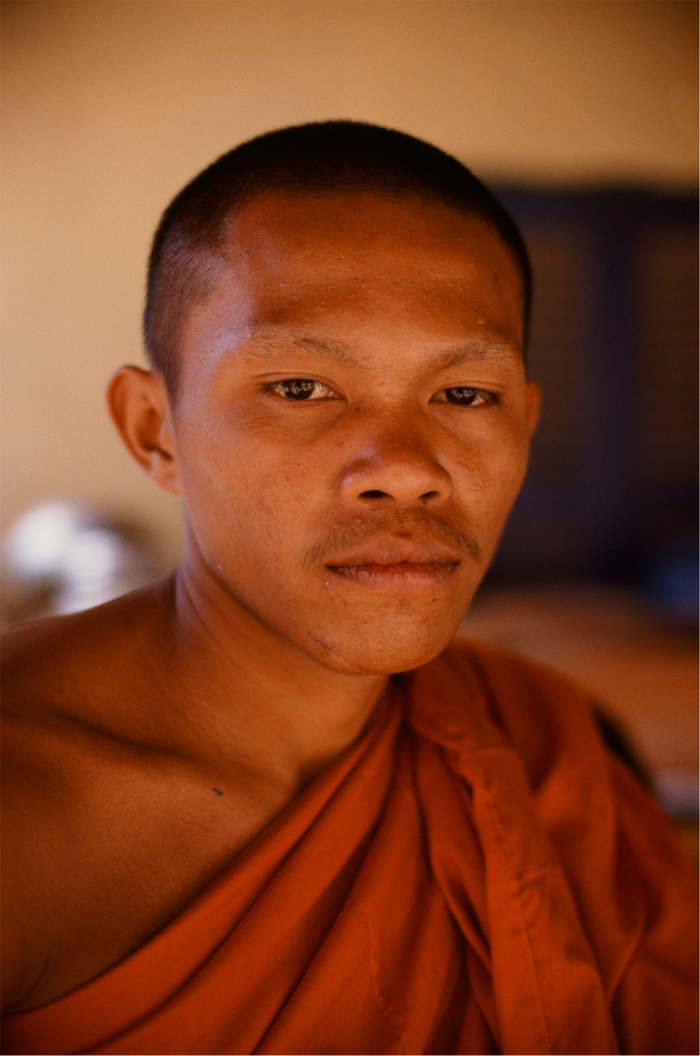 (Young monk, Nikon FM3a, 50mm, Kodak Elite Chrome 200)
(Young monk, Nikon FM3a, 50mm, Kodak Elite Chrome 200) (Young village siblings, Nikon FM3a, 50mm, Kodak Elite Chrome 200)
(Young village siblings, Nikon FM3a, 50mm, Kodak Elite Chrome 200) (Saffron tunics, Nikon FM3a, 50mm, Fuji Velvia 100F)
(Saffron tunics, Nikon FM3a, 50mm, Fuji Velvia 100F)
Shooting in Phnom Penh was a totally new experience as to what I have been used to lately. In Hong Kong people are less likely to pose for you, or even take the time to pay any attention. Thus, ‘street photography’ takes on a different style; furtive and stealthy, candid and more likely to be black and white. There are a lot less smiles in Hong Kong, and a lot more chances of a ‘confrontation’ with someone that does not want their picture taken. It is a stark contrast to what we were faced with in Phnom Penh, where people with relatively little smiled and were happy to share a sliver of their lives with us.
 (Old village man, Nikon FM3a, 50mm, Fuji Velvia 100F)
(Old village man, Nikon FM3a, 50mm, Fuji Velvia 100F) (Proud father, Nikon FM3a, 50mm, Fuji Velvia 50)
(Proud father, Nikon FM3a, 50mm, Fuji Velvia 50)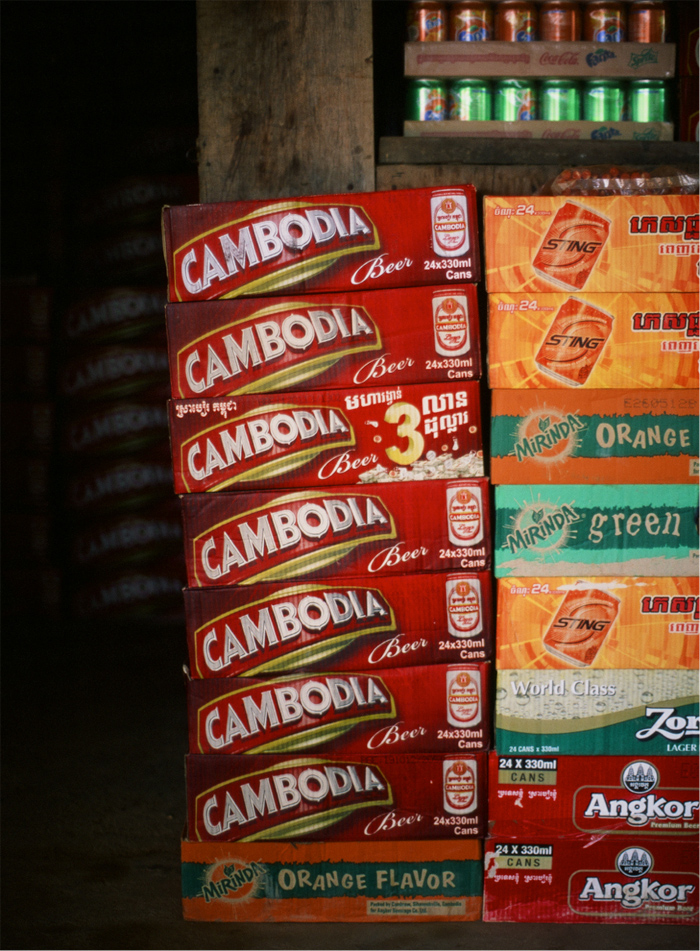 (A great way to end the day! Nikon FM3a, 50mm, Fuji Velvia 50)
(A great way to end the day! Nikon FM3a, 50mm, Fuji Velvia 50)
As we returned to Hong Kong, I am sure all of us contemplated the past five days. Phnom Penh and its people certainly left a mark, and gave us a different perspective even on our own reality.
Final note from F8:
Gary, the Director of F8 has also written a blog post about his experience, that can be seen by clicking here.
Another of the workshop attendees, Trevor, has also written a blog post about his experience, you can read that here.
Also, Gary's assistant RJ wrote a blog post about the same trip, that can be found here.
Thanks for taking the time to visit our blog, if you like our blog and website, please ‘like’ us on our public Facebook page and share this story with your friends with the Facebook and twitter links below. You can also subscribe to our blog via the RSS link below.
F8 Photography provides commercial photography and training across Asia, with workshops on Street Photography and other photography and video training courses, more details can be found via the ‘courses and workshops’ link and upcoming events via the front page of our website.
